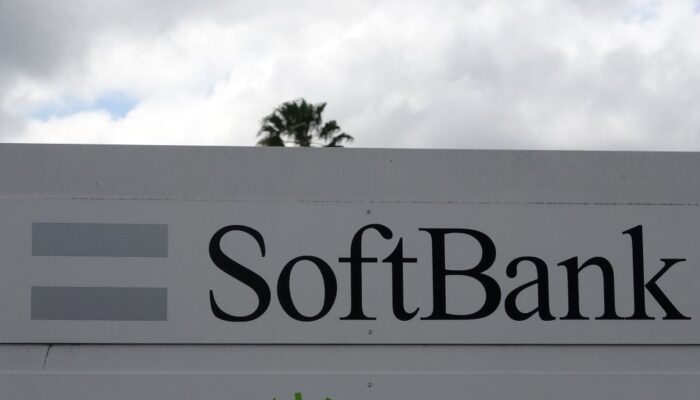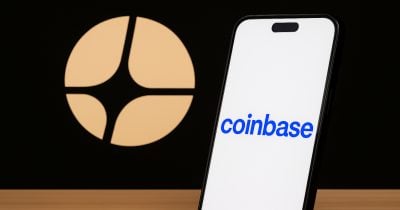Despite the never-ending drama over whether to ban the app, President Donald Trump’s volatile tariff regime, and executive shake-ups, TikTok’s ecommerce division is still seeing massive growth.
TikTok doesn’t disclose aggregate sales figures, but the price and sales volume of individual products are visible on the app. Based on that data, the analytics firm EchoTik estimates TikTok Shop sold $19 billion worth of products globally from July through September of this year. The United States, its largest market, accounted for $4 billion to $4.5 billion in sales, an increase of about 125 percent compared to the second quarter of 2025.
To put those numbers into perspective, consider that TikTok Shop is now on the same scale as eBay, which saw $20.1 billion in total sales in the last quarter. TikTok Shop only launched in the US in September 2023, while eBay has been around for over 30 years. That speed of growth is remarkable.
“We have mostly focused on TikTok from this point of view of the TikTok ban, and we have almost forgotten that TikTok Shop’s share in US ecommerce just continues to grow slowly,” says Juozas Kaziukėnas, an independent ecommerce analyst.
What You See Is What You Get
TikTok Shop broke into the extremely saturated ecommerce landscape in the US by excelling at an age-old platitude: show, don’t tell. Creators post short videos on TikTok trying on clothes or using home gadgets and include links to buy the products on the same platform. It creates a much more straightforward experience for consumers, who can see real people testing products instead of needing to wade through written reviews on traditional ecommerce sites.
Ivy Yang, the founder of Wavelet Strategy, a strategic public relations consultancy, says she recently bought a dust-mite-removing vacuum on Amazon shortly before she scrolled past a TikTok Shop video featuring a similar product. She quickly realized the TikTok Shop version had more features, so she ordered it, tried it out, and returned the one from Amazon. To her, that’s the appeal of shopping on TikTok. “I need to see how it works in action,” Yang explains.
In theory, that’s what makes livestream shopping even more popular, at least in China, because now influencers can tout products on camera in real time, and there’s little editing involved that might mask any potential product defects. In recent years, livestream shopping has completely reshaped how people buy things in China and has become one of ByteDance’s main revenue pillars. But despite how hard TikTok has tried, it simply hasn’t been able to replicate that success in the US. Kaziukėnas says that TikTok Shop’s performance likely still falls short of ByteDance’s expectations, especially when it comes to livestream shopping.
Compared with China, TikTok Shop’s livestream sales in the US remain minuscule. Dandan He, the CEO of CHC Fashion Group, a company in New York that hosts TikTok livestreams for US sellers, broke it down this way: In the US, roughly 80 percent of TikTok users are on the app to consume entertainment, while the other 20 percent are watching shopping-related content. Among that 20 percent, only about one out of 10 are watching livestreams. That means in total, just 2 percent of TikTok traffic in the US goes to livestream shopping content. But in China, “livestream ecommerce accounts for nearly 50 percent of all Douyin traffic,” says He, referring to the Chinese version of TikTok.
TikTok declined to share precise sales figures for TikTok Shop. In an email, company spokesperson Kathryn Hull said that TikTok Shop live shopping sessions were up 72 percent year over year in September, and sales were up 120 percent year over year in June.
Will Americans Ever Adopt Livestream Shopping?
I’ve been reporting on Chinese platforms’ attempts to bring livestream shopping to the US since 2020, and I have to say, I’m getting more and more skeptical of their ability to succeed. Part of the problem is that livestream ecommerce content on TikTok today is magnitudes more boring than what Chinese consumers are watching on Douyin, says Yang. Many in the West still treat TikTok live as QVC in vertical format, but young people aren’t interested in watching QVC remade for phone screens. In China, many top shopping livestreams function like variety shows, featuring comedy, sensational stunts, and celebrities.
In China, “there’s this sense of novelty: ‘Oh my god, it’s literally a public intellectual selling me facemasks.’ That is innovation. Can you imagine Taylor Swift or Travis Kelce going on livestream and selling things to you here? That would not happen,” Yang says.
Another issue is that livestreaming on TikTok Shop is still a strategy primarily used by Chinese brands selling to overseas markets, and they often struggle to overcome cultural and language barriers to create content that American consumers actually want to watch.
Felicity Zhang, a Houston-based TikTok Shop seller originally from China, has seen this firsthand. She previously worked at TikTok recruiting and training livestreamers but now runs her own brand on the platform. She says TikTok Shop has so many China-based sellers that “when you scroll the livestreams, it feels like you are in Yiwu,” a Chinese manufacturing hub known for producing plastic knickknacks.
TikTok has been tightening its merchant registration rules to limit the influx of overseas sellers, Zhang says, but that has also ironically made it harder for genuine small American businesses to get onboard, further slowing domestic adoption. Hull, the TikTok’ spokesperson said the platform carefully vets merchants on TikTok Shop and declined 1.4 million new seller applications in the first half of 2025, but she did not address whether the rules were designed to screen out non-US sellers.
Breakthrough in Southeast Asia
Overall, TikTok Shop is doing much better in Southeast Asia than in the US. TikTok Shop’s top-performing markets in the third quarter (aside from the US) were Thailand, Indonesia, Vietnam and the Philippines. None of these countries is outselling the US individually, but combined, they represent a bigger success story for TikTok, particularly because livestream ecommerce is resonating more there with consumers. In October, one Thai influencer sold over $17 million worth of products, mostly cosmetics and supplements, during a six-day TikTok broadcast marathon during which she invited many Thai celebrities to appear on camera.
“It’s now mainstream across Thailand and Southeast Asia,” says Warin Tinprapa, the chief growth officer at MI Group, a Thai social media marketing agency. The livestream shopping model “fits perfectly with the region’s shopping-as-entertainment culture and mobile-first habits,” she says.
There are plenty of reasons why Southeast Asia has proved to be a better fit for TikTok Shop. First, consumer behavior in the region more closely mirrors that of China. Competition from local companies and tech giants like Amazon is also less intense, and TikTok’s low-price strategy fits with local consumption habits.
The Last Hope
The one major takeaway from all my conversations is that TikTok Shop in the US is fundamentally different from what Douyin is in China. But TikTok has found new strategies that have allowed it to steadily embed itself into the American shopping market. None of the other platforms are investing as many resources into cultivating social commerce, to the point that TikTok users often complain about being fed too much shopping content on their For You Page.
For sellers, this means they should keep utilizing TikTok’s original content format—short videos—to drive traffic to their products. He, who runs the New York–based TikTok ecommerce agency, says that while her company started out focusing mostly on livestreaming, it now puts half its efforts into producing short videos.
But she’s not willing to give up on livestreaming yet. Her hope is that as TikTok continues to grow as a social media platform, that 2 percent of traffic directed to livestream ecommerce will eventually become a significant revenue source, and her company will be ready before everyone else. “The reason we have persisted till now is to see when the livestream ecommerce traffic in the US can catch up with that in China. We are betting on the future,” she says.
This is an edition of Zeyi Yang and Louise Matsakis’ Made in China newsletter. Read previous newsletters here.




